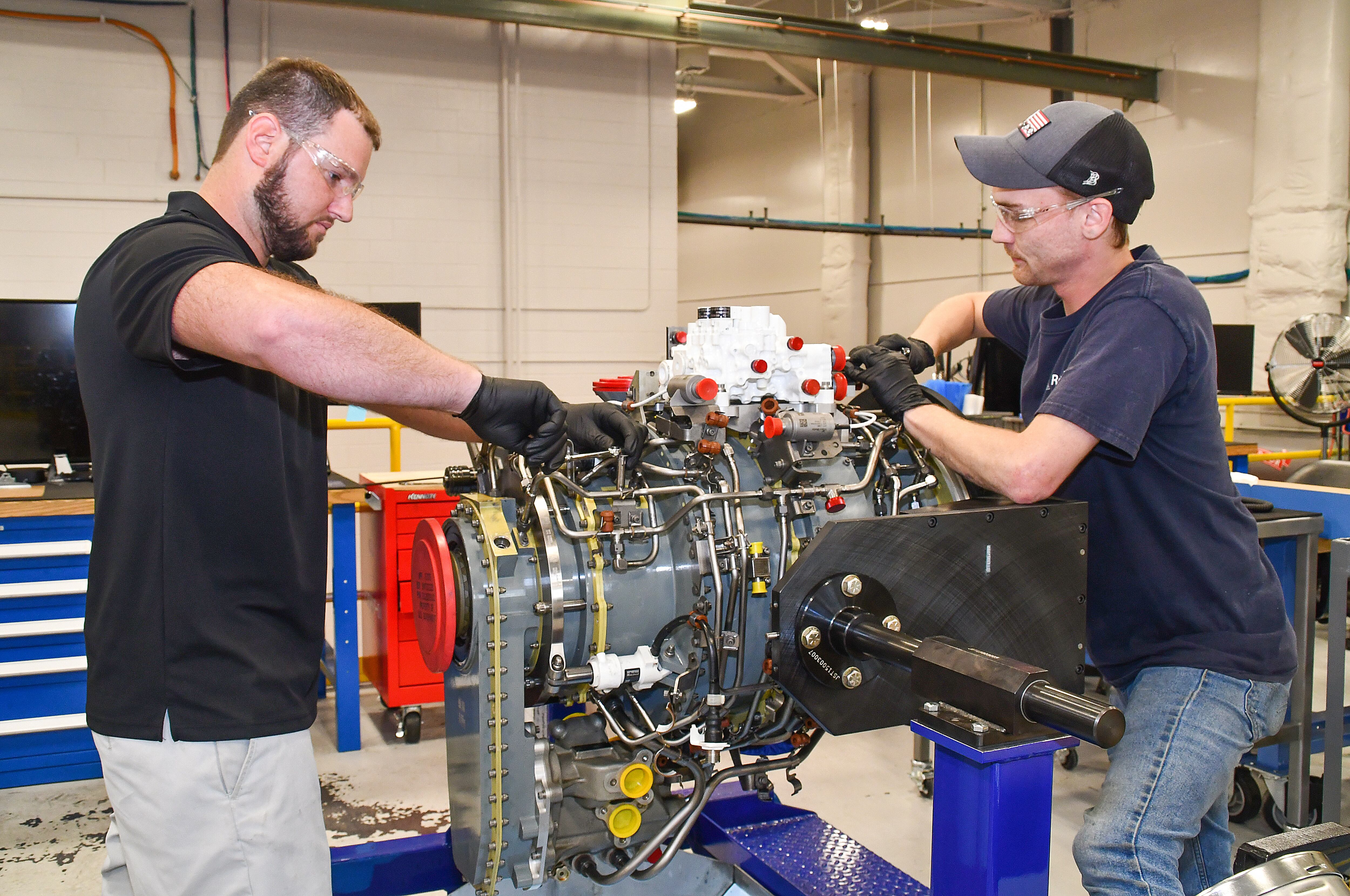The Navy’s Fleet Readiness Center East is testing how a laser projection system can help the Marine Corps with painting their aircraft, part of an attempt to cut the time an aircraft spends in maintenance.
Aircraft are traditionally painted using a masking technique, requiring painters to use tape, film and paper to outline certain markings for a particular aircraft.
The new system being tested projects insignia and markings directly on the aircraft, providing the exact placement of objects that need painting without all the masking.
So far, the laser projection system is dramatically easier to use than the old stenciling method, according to Steven Lofy, senior materials engineer for the center’s corrosion and wear team.
“It takes an extensive amount of time and labor to mask aircraft for the application of major markings and insignia during the final finish process,” Lofy said in a statement. “It’s a demanding process based on old, paper drawings that can be difficult to read, making it challenging for our artisans to mask the exact areas on each aircraft consistently.”
RELATED

It’s also saving time, he said.
“With the laser projection system, we can simply come in, turn on the projectors and actually project where each marking should be on the aircraft,” Lofy said. “All we have to do from there is line each stencil up, mask and paint.”
The readiness center first utilized the system in January on a Marine Corps MV-22B Osprey for the aircraft’s signature white, horizontal stripes — resulting in an 85 percent decrease in labor hours. While the process previously took roughly 16 hours, the projector brought that number down to two.
The center has used the laser projection system to paint four aircraft so far and plans are underway to use the system more broadly by uploading 2D stencils to the projection system’s software, according to the Navy.
Based out of Marine Corps Air Station Cherry Point in North Carolina, the center provides maintenance and repairs for Marine Corps aircraft — including the F-35B Lightning II. It is one of the Navy’s eight fleet readiness centers.




